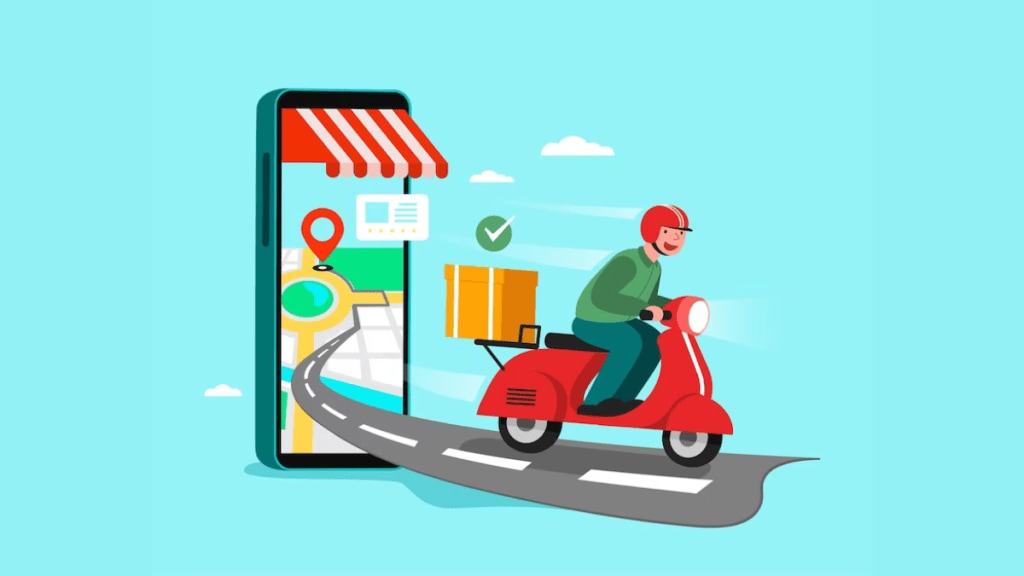Quick Commerce (Q-Commerce) is rapidly transforming India’s retail sector with its focus on fast delivery. This service, which promises swift access to groceries, gadgets, and more, has become integral for urban consumers. Last year, Q-Commerce grew by 70-75%, significantly outpacing traditional e-commerce.
According to Redseer, Q-Commerce is projected to reach a market size of $6 billion by FY 2025, with expected growth rates of 75-85%. This surge is driven by the addition of about 5 million new Monthly Transacting Users (MTUs) and a projected 20% increase in spending per MTU. The rise in spending is linked to increased confidence in Q-Commerce platforms and their expanding product range, including beauty items and home decor.
User behaviour also shows notable changes. Monthly orders per user are set to increase from 4.4 to nearly 6. Additionally, Average Order Values are expected to rise by 15% due to promotions and a broader product selection. Metro cities dominate the sector, accounting for about 90% of the market share in FY 2024.
To support this growth, Q-Commerce platforms plan to open around 500 new dark stores in key cities and enhance existing ones. Despite this, concerns about long-term sustainability persist. Historical trends suggest that user growth might stabilise around 20 million MTUs by FY 2026. Expanding into smaller cities poses challenges that may require changes to the current dark-store model. Utilising India’s Kirana network for less densely populated areas could be a potential solution, though this remains uncertain.
Looking forward, several trends are emerging. These include the possibility of virtual store experiences, the rise of early-morning essential subscriptions, and the development of brands designed specifically for Q-Commerce. As the sector evolves, it reflects broader shifts in consumer preferences and retail practices, signalling a dynamic future for the industry.

